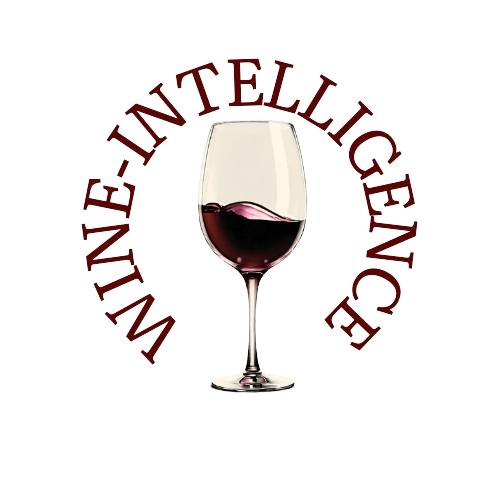Amid China’s sluggish alcohol market, sparkling wine is offering a rare glimmer of optimism.
According to the latest report from the International Wine and Spirits Research (IWSR), while total alcohol consumption declined in 2024, sparkling wine defied the trend with a 10% rise in sales—a notable exception in a year when still wine sales fell 9%, contributing to a 7% drop in total wine volume.
The broader alcoholic beverage landscape in China continued its downward slide, with total volume across beer, spirits, and wine shrinking by 5% in 2024. From 2019 to 2024, the compound annual growth rate (CAGR) for total alcohol was -3%, while wine recorded a much steeper -15% CAGR.
Shirley Zhu, IWSR’s research director, attributes this shift to changing consumption habits: “Traditionally, China has been a red wine and dark spirits market, as most alcohol consumption was tied to business occasions. But with fewer of these occasions and tighter consumer budgets, drinking is now more personal and casual.” This behavioral shift has created new opportunities for lighter, more accessible beverages—particularly among younger drinkers.
Sparkling Wine Surges as Still Wine Declines
Sparkling wine, with its crisp and approachable profile, has found favor among younger Chinese consumers, especially in metropolitan areas like Shanghai. These wines are increasingly featured in bars, restaurants, and clubs, replacing premium champagnes with more affordable and trendy alternatives such as Prosecco.
Official data from China Customs supports the IWSR’s analysis: in 2024, China imported 6.69 million litres of sparkling wine—an increase of 13.23% from the previous year. However, the total value of these imports dropped by 14.36% to USD 67.2 million, pointing to a surge in demand for lower-priced sparkling options.
The positive momentum has continued into 2025. From January to May, imports rose another 18.81% year-on-year to 2.83 million litres, even as the import value dropped 5.78% to USD 25.2 million. This trend suggests that 2024 inventories have been successfully absorbed, and that importers are responding to a sustained rise in consumer interest.
Challenges Ahead for Alcohol, But a Sparkling Silver Lining
Despite sparkling wine’s success, IWSR forecasts ongoing headwinds for China’s Total Beverage Alcohol (TBA) market, which is projected to contract by -1% CAGR through 2029. Wine is expected to decline at a steeper -3% annually. Factors such as economic slowdown, global trade pressures (including U.S. tariffs), and demographic shifts—like population ageing—are all expected to curb future alcohol consumption.
Still, there is cautious optimism. A growing and financially confident middle class could lay the groundwork for future recovery in select categories, including imported wine and whisky. “The road to recovery is proving more challenging than expected,” Zhu said. “But improving financial sentiment among the middle class may lead to a sustainable rebound in premium segments.”
In an uncertain market, sparkling wine has become a standout performer—an effervescent exception in an otherwise flat landscape. Whether this marks the beginning of a larger shift remains to be seen, but for now, it’s a bright spot the wine industry will be watching closely.
Source: Vino-Joy

